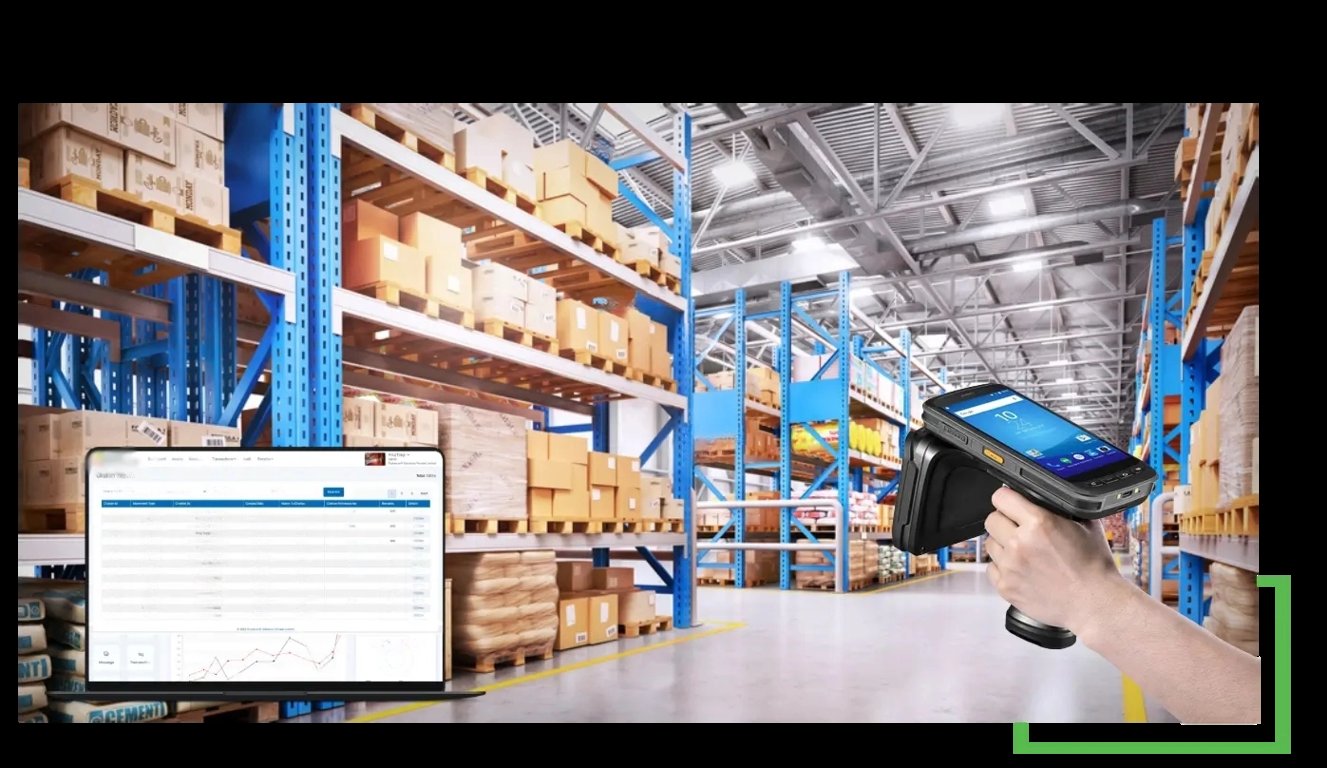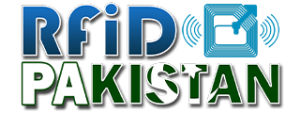RFID Warehouse / Supply Chain Management
- Home
- Pages

Introduction to RFID in Warehouse Management
RFID (Radio Frequency Identification) technology uses radio waves to automatically identify and track items in a warehouse. It consists of tags attached to items, readers that communicate with these tags, antennae that transmit and receive signals, and software that processes the data.Key Benefits
- Increased Efficiency: Automated data capture reduces manual entry and speeds up processes.
- Improved Accuracy: Minimizes human errors and provides real-time inventory updates.
- Enhanced Visibility: Enables real-time tracking and quick location of items.
- Better Security: Helps prevent theft and loss through continuous monitoring.
Components of an RFID system:
- Tags: Small devices attached to items that contain electronically stored information.
- Readers: Devices that send out radio waves and receive signals back from the RFID tags.
- Antennae: Emit radio waves and receive signals from RFID tags.
- Software: Manages the data collected from RFID tags and integrates it with other warehouse management systems (WMS).
How it works?
- RFID Solutions system is for integrated with both RFID and network communication technology.
- Firstly each product in stock should be stick with a RFID tag, which is coming with globally unique ID.
- In this solution, handheld RFID reader is for fast reading the RFID tag information and sending to server by wireless communication method quickly.
- Fixed RFID reader is for access control, with circular polarized antenna to make sure the tag’s identification in multiple angles.
- Developed software with our well prepared SDK.
- RFID Fixed Asset Management
- RFID Anti-Theft Systems
- RFID Jewellery Tracking System
- RFID Untouched Attendance
- RFID Warehouse Management
- RFID Animal Identification
- RFID Vehicle Identification
- RFID ETC(Electronic Toll Collection) Solution
- RFID Laundry Management
- RFID Student/Parent Auto Voice Calling at School
- RFID Royalty Customers Deals at Shopping Malls
- RFID Document Management
- RFID Anesthetic Dosages
- RFID Baggage Handling
- RFID People & Personnel Tracking
- RFID Blood Banks
- RFID Car manufacturing
- RFID Drug Pedigree
- RFID Event Management
- RFID Race Solution Sports Events
- RFID Food Safety
- RFID National Identification
- RFID Gasoline Dispensing
- RFID Hotels & Resorts
- RFID Work in Progress Tracking
- RFID Hospital Stores Management
- RFID Medical Surgeries
- RFID Based Patient Location Confirmation
- RFID Body Temperature Monitoring System
- RFID Body Temperature Monitoring for Employees
- RFID Mother Baby Pairing
- RFID Museums
- RFID Spool Tracking System
- RFID Plane Spare Parts
- RFID Industry 4.0 Smart Manufacturing
- RFID Container Tracking System
- RFID Intelligent RFID Parking System
- RFID Office Printers & Cartridges
- Real Time Location Tracking (RTLS)
- RFID Retailing
- RFID Underground Sewers
- RFID Forklift Automation
- RFID Sales Staff Tracking at Shopping Malls
- RFID Trial Room Analytics at Shopping Malls
- RFID Traffic Management
- RFID Guard Patrolling System
- RFID Weightbridge Automation System
- RFID E-Lock for Contrainers
- RFID E-Seal for Contrainers
- RFID Waste Management
- RFID Yard Management

Trans:
Hello 👋
Can we help you?
Can we help you?
Open chat

